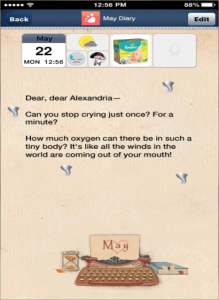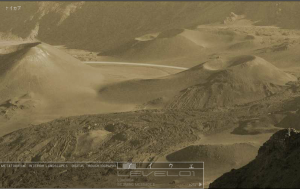The first work I decided to explore was FilmText by Mark Amerika. I found this work to be interesting and intriguing, I found myself stuck and unable to advance. I also feel that the work lacks any real narrative, although it does have quite a bit of intricate interactivity to it. The sound work in this piece of literature is also quite interesting, its very dissonant and I found myself a bit mesmerized by it. One thing that I have learned from exploring different pieces of electronic literature is that I greatly appreciate atmospheric music that sounds a bit “off” if you will. I also find this works use of symbols to be quite interesting, although I am not sure if the symbols are unique and created by the author just for this work or if they are simply letters of a different language. Despite the interesting elements of FilmText, I would have to say that I do not entirely enjoy it because it lacks meaning to me and I just feel lost while exploring it.

Next, I decided to explore How to Rob a Bank by Alan Bigelow. When compared to FilmText, I found How to Rob a Bank to be much more immersive and enjoyable. This is mainly because How to rob a bank is a much more straightforward story told in a rather unique way, rather than an abstract piece of art that is interactive. How to Rob a Bank tells a linear story through a person’s actions on a cellphone, which I found to be captivating and immersive. I found myself looking forward to the next actions performed on the cellphone to reveal new information in the story. I also enjoyed the background noises of cars passing by on the street and birds chirping – very relaxing, in stark contrast to the story being told.


